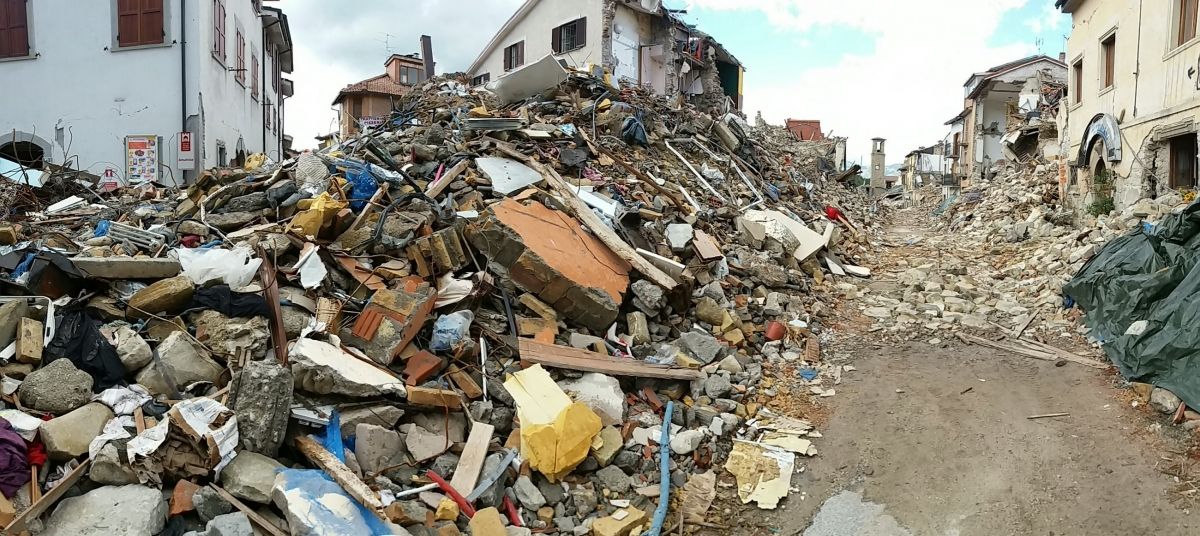A new way of measuring earthquakes may unlock the ‘holy grail’ of where and when they will strike.
Scientists have long struggled to identify patterns for earthquakes leading to suggestions they strike at random.
But new evidence revealed the majority of earthquakes strike fault lines which are under stress built up from centuries of past tremors.
Lead researcher Dr Zoë Mildon, lecturer in Earth Sciences at the University of Plymouth, said: “Earthquakes are caused by rock sliding past each other along fault lines which causes the forces and stress in the surrounding rocks to change after a big earthquake.
“It is often assumed that the nearest fault to a particular earthquake will be the next to rupture. However, our study shows this is never the case.”
Looking at the stresses caused by historical earthquakes is a “step change” in explaining why they are triggered, researchers said.
Italy’s central Apennines region, an area hit by centuries’ of quakes, was the main focus for Dr Mildon and her colleagues from UCL, Birkbeck, University of London and Tohoku University in Japan.
The shaky region holds records of damage and deaths by earthquakes in individual towns and villages dating back to 1349.

Dr Mildon said: “Looking at the records of 700 years’ of earthquakes make it easy to assume these incidents struck at random.”
But by combining the written evidence with state-of-the-art modelling researchers found 97 per cent (28 out of 29) of the earthquakes between 1703 and 2016 occurred on faults ‘stressed’ by previous tremors.
This includes the series of earthquakes that devastated the town of Amatrice and Norcia in 2016, leaving almost 300 people dead.
Dr Mildon added: “Earthquakes are hugely destructive to both people and property, and the Holy Grail of earthquake science would be to predict where they are going to happen and when.
“We are a very long way from that, and indeed it may never be possible to accurately predict the location, time and size of future earthquakes.
“Our research, however, could be a starting point in helping us develop better forecasts of which fault lines might be more susceptible based on previous tremors.”
The study was published in the Nature Communications.

